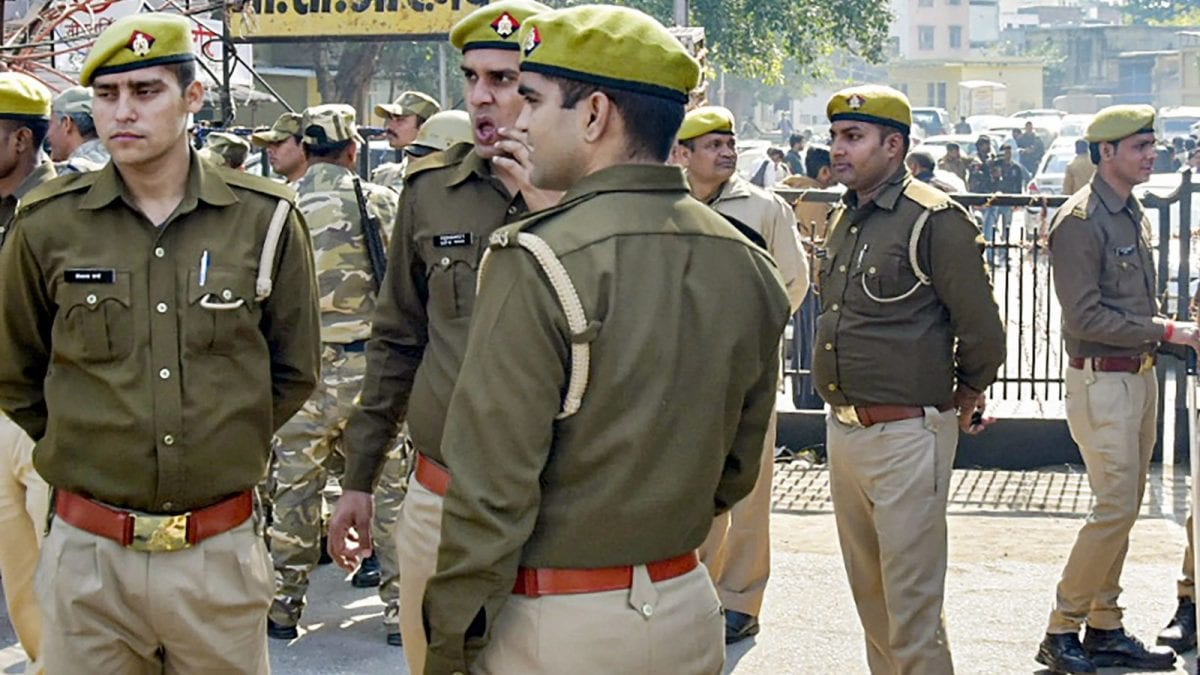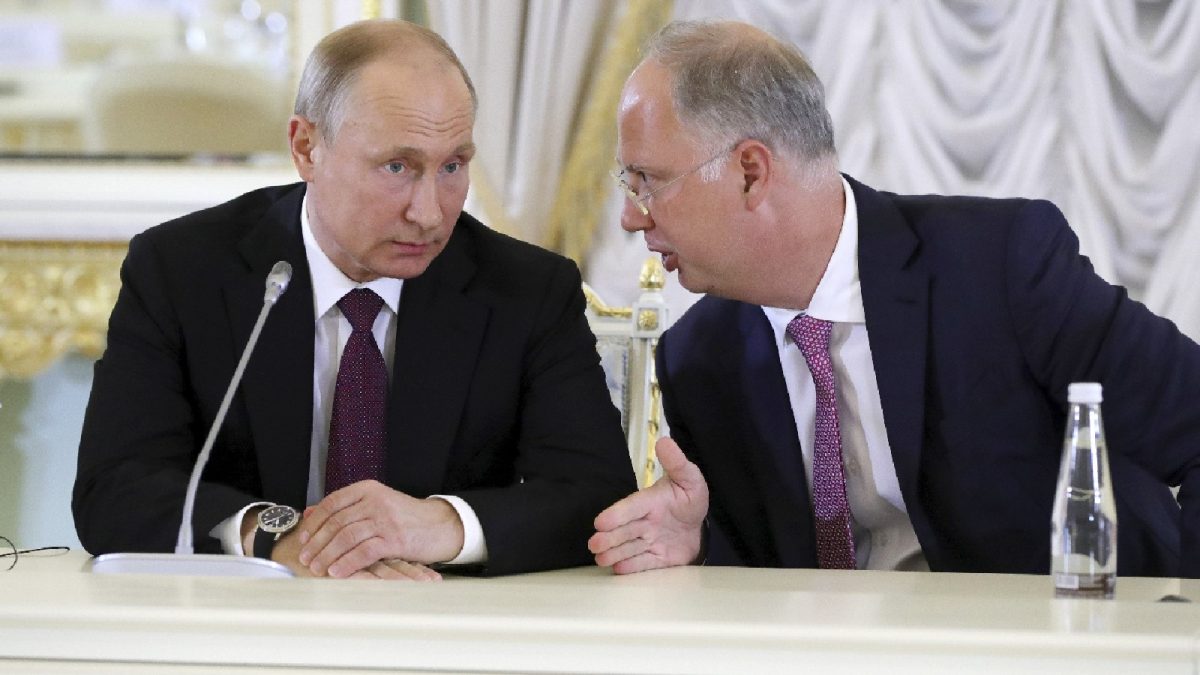ARTICLE AD BOX
In a significant outreach to Beijing within days of the meeting between President Donald Trump and President Xi Jinping, US Secretary of War Pete Hegseth said Sunday that he met China’s Minister of National Defense Admiral Dong Jun and both agreed to strengthen communication, maintain stability in bilateral ties and “set up military-to-military channels to deconflict and de-escalate any problems that arise”.
Hegseth said he met Dong in Malaysia and they spoke again Saturday. He said Trump’s historic “G2 meeting” with Xi — the leaders met in the South Korean city of Busan on October 30 — had “set the tone for everlasting peace and success for the US and China”.
Kuala Lumpur, the capital of Malaysia, was the venue of the 12th ASEAN Defence Ministers’ Meeting — Plus (ADMM-Plus). It was on the sidelines of this meeting Friday that Hegseth and Defence Minister Rajnath Singh signed a 10-year Framework for the US-India Major Defence Partnership, signalling stable ties between the two countries in the defence sector while they negotiate a trade deal and the thorny issue of a tariff penalty by Washington over Delhi’s purchase of Russian oil.
Hegseth, in a post on X, said, “I just spoke to President Trump, and we agree – the relationship between the United States and China has never been better. Following President Trump’s historic meeting with Chairman Xi in South Korea, I had an equally positive meeting with my counterpart, China’s Minister of National Defense Admiral Dong Jun in Malaysia. And we spoke again last night.”
“The Admiral and I agree that peace, stability, and good relations are the best path for our two great and strong countries. As President Trump said, his historic ‘G2 meeting’ set the tone for everlasting peace and success for the US and China,” he said.
“The Department of War will do the same – peace through strength, mutual respect, and positive relations. Admiral Dong and I also agreed that we should set up military-to-military channels to deconflict and de-escalate any problems that arise. We have more meetings on that coming soon. God bless both China and the USA!” Hegseth said.
Trump too put out a post on Truth Social: “My G2 meeting with President Xi of China was a great one for both of our countries. This meeting will lead to everlasting peace and success. God bless both China and the USA!”
Story continues below this ad
Explained
The region, the shift
For years, China’s claims and disputes have kept the Indo-Pacific on the edge — from Taiwan Strait to South China Sea and the Ladakh frontier — and the US has been the moving force behind efforts to counter it. The US decision to engage with China at military level will be closely watched given the concerns and questions in the capitals of the region.
Washington’s outreach to Beijing, after years of commitment to the Indo-Pacific where it joined hands with its allies and partners to push back against China’s assertive behaviour, will be closely watched given the tensions over Taiwan, the maritime disputes in the South China Sea and the larger region where US troops and warships have considerable presence.
Beijing’s belligerence under Xi, from the South China Sea to the Ladakh frontier, made the world sit up and the US joined hands with Japan, India and Australia to reactivate the Quad grouping as a counter.
In fact, the Quad was revived by Trump during his first presidential term in 2017, when his administration framed China as a strategic threat and rival – for the first time.
Washington’s engagement with Beijing at the military level, where it will now be in talks with the Chinese military, will be watched with some concern in capitals of the region, especially in Delhi, Tokyo and Canberra.
Story continues below this ad
Following Hegseth’s announcement Sunday, sources in Delhi said India will not want to jump to conclusions about the defence engagement between the US and China, and will assess the purpose behind the engagement. This, the sources said, may work in productive ways as well.
Delhi and Washington have just signed a 10-year Framework for the US-India Major Defence Partnership. Rajnath Singh called it “a signal of our growing strategic convergence” and said it “will herald a new decade of partnership”.
He said defence remains a major pillar in bilateral relations between the two sides. The partnership, he said, is critical for ensuring a free, open and rules-based Indo-Pacific region – a reference to efforts aimed at countering China’s assertive behaviour in the region.
Hegseth, on his part, said the 10-year framework advances the India-US defence partnership, a “cornerstone for regional stability and deterrence”.








 English (US) ·
English (US) ·